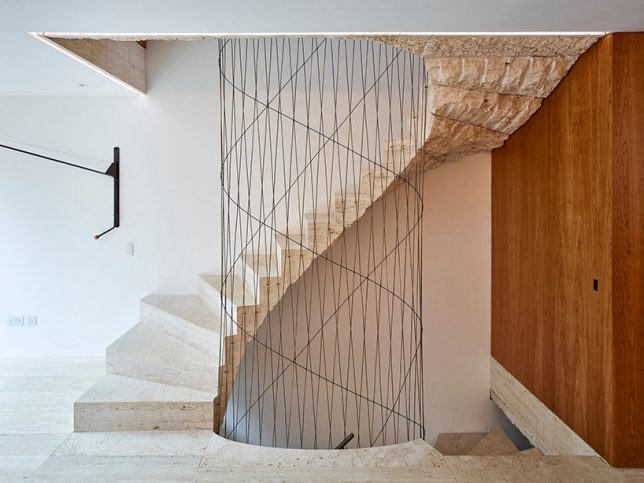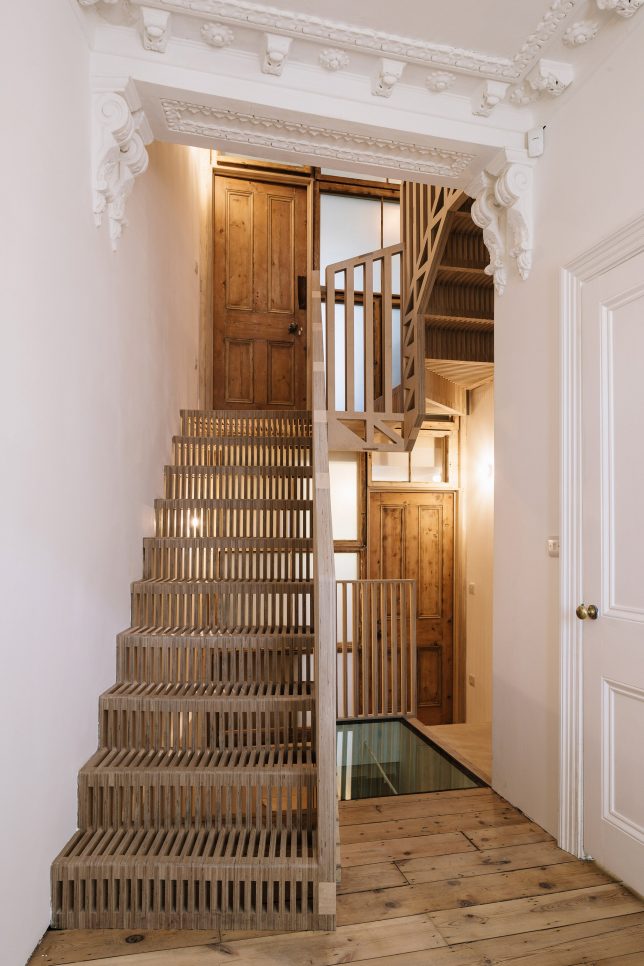The post 7 Steps to Perfect White Portrait Backgrounds in the Studio appeared first on Digital Photography School. It was authored by John McIntire.

Photographing subjects on a white background is one of those things that looks easy from the outside. However, once you start digging into the details, it turns out it’s not quite as simple as it seemed at first glance.
Unfortunately, being able to shoot on a white background is one of the most useful skills for you to have in all sorts of photography including portraits and still life. Even if you hate it stylistically, you will eventually have plenty of people ask you for a pure white background.

When you get the technique right, there are a whole host of things you can easily do with your photos, such as cutting your subjects out for composites. Even when your technique isn’t perfect, there are a host of post-processing options to get you, and your images, there in the end.
However, this article outlines a process to help you get perfect results straight out of the camera every time. If you’re handling a high volume of images – whether that be portraits or products – this may save you countless hours in post-production.
What you need

You will need a few lights for this technique. In this example, there are three lights and a reflector.
To get started with shooting on a white backdrop in a studio, you will need a few things.
- At least two studio strobes with modifiers or flashguns (three or four would be preferable and will make your life easier). Softboxes are the easiest option for your background lights.
- A light-colored backdrop. White is preferable, but this technique will work easily with anything up to mid-grey. It is more than possible to do it with darker backdrops but to avoid complications, stay light when you can.
- Space. You will need space to get the best results. As described below, you will need to keep enough room between your subject and the background to help prevent spill from the background lights falling on your subject. For portraits, this could easily take ten to fifteen feet of space in addition to the distance you are from the subject. For smaller subjects, space is much less of an issue.
- (Optional) A light meter. Because we’re dealing with moderately precise ratios, a light meter will help you here. You can get by without one, but it does make it easier.
Step One – Choose your aperture
Before you do anything with your lights or your subject, the first step in this process is to choose the aperture you want to shoot at. This choice is going to be the basis for everything else you do in this process. Anything from f/8 to f/4 is a good bet for studio portraits, but you can choose anything you like. Your only real limitation here is the power output of your lights.
If you choose f/11, then your backgrounds lights will need to be set at least two stops brighter, which would be f/22. You may struggle to achieve that with low-powered strobes. If that’s the case, then you will have to choose a larger aperture for your final image.
For the remainder of this article, the chosen aperture will be f/5.6.
Step Two – Light your background

When lighting your background, take the time to ensure that it is evenly lit. This will ensure that all of your background is white with no darker tones creeping into the sides and corners.
Once you know your aperture, the next step is to set up your background light(s). If you can, use large, directional modifiers like softboxes. This will help prevent excess light spilling where you don’t want it. It will also help to ensure that the background is evenly lit from top to bottom, preventing any inconsistencies in exposure in your final images.
Place your lights on either side of your backdrop and pointed towards it at a forty-five-degree angle. Try to position them so that you get even coverage.
Step three – Set the exposure for your background lights

The easiest way to find the exposure for you background is to use a light meter. Don’t worry if you don’t have one, you can still chimp the histogram to make sure it’s overexposed.
With your lights positioned, all you have to do is set the power so that the camera will record your background as pure white. Your background needs to be at least two or three stops brighter than your subject. Because the hypothetical aperture we’re using is f/5.6, that means the backgrounds lights should be at f/16 for three stops of exposure difference.
If you’re using a meter, be sure to check the exposure at the top and bottom of the background and not just the middle.
Step four – Place your subject for a test

On the left, the subject is too close to the background and the light is wrapping around her and lighting her front. Placed a few feet further away, the subject is rendered as a silhouette. (The detail in the darker image is from the overhead fluorescent that I hadn’t turned off yet.)
To figure out where your subject needs to stand, or be placed, put them in front of the background and take a test shot with only the background lights on. If they are far enough away from the background, your subject should be in perfect silhouette, and there should be no light falling on them or wrapping around them in any way.
Where there is light falling on your subject, just move them further away from the backdrop until you achieve that perfect silhouette.

If your exposure is right, you should have no details in your background and no details in your subject.
Because you are lighting a white (therefore reflective) surface, your background is effectively a light source and acts like one. The light from your backgrounds will fall off at a rate governed by the inverse square law. What you are trying to do is to place your subject in a place where the light level drops enough that it has no effect on your subject at your desired aperture.
Step four (part 2) – Flag your background lights

To ensure light isn’t going where you don’t want it, flag your background lights. Here, I’ve used black fabric and covered all but the section of background that will be in the photos.
It may be that you can’t achieve a perfect silhouette of your subject for some reason. This issue can arise from not having enough space to work in, or it could be that your modifiers are producing too much spill. One way to combat this is to flag your lights.
Flagging simply means to block light from where you don’t want it. You can do this in any way that you want. V-flats and black curtains (as in the example images) are both cheap and effective ways to flag your light.
Simply place your preferred flags in a manner that blocks excess light from coming back towards the camera, but doesn’t interfere with the part of the background that will wind up in your composition.
Step 5 – Place your key light

Once the background lights are done, you can light your subject in any way you want.
Now that your background is lit and you know where your subject needs to be, you just need to light your subject. All you have to do is place your light any way that you desire (any lighting pattern will work), and set the power to your desired aperture (f/5.6 in the examples).

Unlike the background lights, you don’t have to worry about what any excess light from your key light is doing. Because you are so far away from the background with a light set to a much lower power, it will have little to no effect on the final exposure of the background. However, do pay attention to what the light is doing off to the sides. If it’s firing into a nearby white wall or another light-colored surface, then that surface will act as a reflector in your images.
Step 6 – Add fill (optional)

Use fill lighting to reduce the impact of heavy shadows in your images. You can use another light if you wish, or a reflector as shown here.
If you want to add a fill light to your set-up, you can now do that as normal. You can fill with another strobe, or you can use a reflector as shown in the example images. The main thing to remember about fill light is that it should be at least one stop lower in power than your key light.
Step 7 – Check your final exposure

With everything set-up, you should have a perfect white background straight out of the camera.
With everything in place, take a test shot at your desired aperture. If your key and fill lights are in your desired position, everything should be spot on and you should now have an image with a perfectly white background straight out of the camera.
That’s it
This isn’t a hard technique, but it does require a fair few steps and a lot of attention to detail. Don’t be put off by any of that. Once you’ve set it up a few times, it will become second nature very quickly. You will also be able to learn how to set it up in a few minutes, potentially saving you a ridiculous amount of time post-processing backgrounds that aren’t perfectly white.
The post 7 Steps to Perfect White Portrait Backgrounds in the Studio appeared first on Digital Photography School. It was authored by John McIntire.
































































































You must be logged in to post a comment.